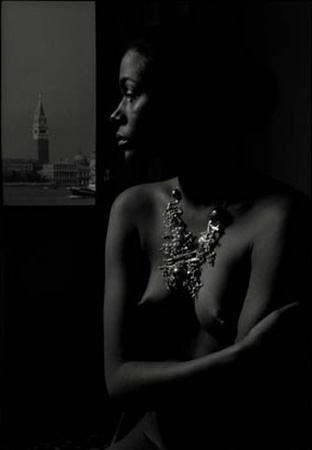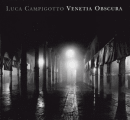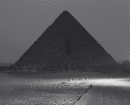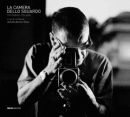For approximately twenty years I have photographed only in black and white, working in the darkroom with the zeal of an initiate. I felt the black and white like an iron zen discipline, zen, on which one could not comprise. Only the black and white was serious, poetic and profound – the colour being merely a game. Then in 2006 I started to print my images digitally and from that moment onwards I began to systematically photograph in colour, quickly leaving behind a long and magnificent ‘enclosure’. Working on the files I found my colour gradually, sometimes strongly desaturated and pale, sometimes dense and loaded as in a cartoon. Thanks to the colours I felt progressively free – free to try different solutions, to change and to take risks. The computer has opened my mind and changed the taste, while in the recovery phase I have not changed my attitude.
Accuracy of the frame, attention to the display of the image, care in calibrating the prints – these things are always essential to my way of doing photography. I’ve always loved the vaguely ceremonious slowness of the large format machine mounted on a tripod and, today as yesterday, I try to build a powerful image, which has also a form of classicism that lasts over time, beyond fashion. I always try to combine the compositional tension of the frame with the suggestive power of a light stroke. My strings are certainly not minimalist, nor documentary. The photography I love and that I pursue is relentless like a shot. Thanks to the computer, I immediately left the pastel tones of many images amongst which I grew up managing to obtain that mixed colour, that was frequently loaded with gray, which I always had in mind. A film in full-colours, to be reinvented each time. As a true renegade I can now admit that I always ‘seen in colours’ but, at the beginning, I thought that only the transposition in black and white would give nobility to the vision. Black and white is a perfect language, it is sublime and self-referential. Its substance, composed of memory and yearning, embodies the most authentic sense of photography and ensures consistency, which, on the other hand, colour constantly challenges. Colour is an open ocean into which one can lose itself: “the world is in colour… and there is nothing we can do about it,” says William Eggleston.
In recent years, I have moved away from the universe of timeless black and white to browse the ‘deadly’ dimension of colour photographs – that get old so quickly and can be easily dated. In my imagination, I have fallen from the black sky of the God of chemistry and started walking on Earth. But I am a photographer – a person who by definition is doomed to nostalgia – and maybe tomorrow, thanks to digital technology and its magic, I will try to go back to create an image that looks like an old albumen print, or like a salted paper scattered with stains.
I am determined to swim, however, in the visible which is marvellously unlikely and never completely real. Another string of memories staged, another box of photographs.
Luca Campigotto
Luca Campigotto was born in Venice in 1962. He lives and works between Milan and New York.
After graduating in modern history, in 1990 he devoted himself to landscape, architecture and industry photography. Between 1995 and 2000 he published three books on Venice and he photographed the Italian mountain scenery of the Great War. Since 1996 he linked his research to the theme of travel, carrying out projects on Cairo, London, New York, Chicago, Tokyo, the streets of the Kasbah in Morocco, Angkor, the Atacama Desert in Chile, Patagonia, Easter Island, India, Yemen, Iran, Lapland.
His recent solo exhibitions include Gotham City, Bugno Art Gallery, Venice (2013), Gotham and Beyond, Laurence Miller Gallery, New York (2013), and the collective work on landscapes Landmark: the Fields of Photography, curated by William A. Ewing at the Somerset House, of London. He also exhibited in numerous museums and international festivals including Mois de la Photo, Paris, CCA, Montreal; MAXXI, Rome; Venice Biennale (1997, 2000, 2011); Festival of Photography, Rome; MEP, Paris; Galleria Gottardo, Lugano; IVAM, Valencia; The Art Museum, Miami; The Margulies Collection at the Warehouse, Miami.
His works are kept in various public and private collections including the Maison Européenne de la Photographie, Paris; Canadian Centre for Architecture, Montreal; The Progressive Collection, Cleveland; The Margulies Collection at the Warehouse, Miami; The Sagamore Collection, Miami; The Andrew J. Collection Hall, Southport CT; Collection UniCredit Group, Milan; Fondazione Sandretto Re Rebaudengo, Turin; Metropolitana, Naples; Museo Fortuny, Venice, Fondazione Cassa di Risparmio, Modena; Museum of Modern and Contemporary Art, Varese; Galleria Civica, Modena; Museum of Photography, Cinisello Balsamo; Museo Civico, Riva del Garda.
He published Gotham City, Damiani Editore, Bologna (2012); 50 +1, Alinari/24ore, Milan (2012); My Wild Places, Hatje Cantz, Ostfildern (2010); Le pietre del Cairo, Peliti Associati, Rome (2007); Venicexposed, Contrasti, Rome / Thames & Hudson, London / La Martinière, Paris (2006); Sguardi gardesani, Nicolodi, Trento (2004); L’Arsenale di Venezia, Marsilio, Venice (2000), Fuori di casa, Imagina, Venice ( 1998); Molino Stucky, Marsilio, Venice (1998); Venetia Obscura, Peliti Associati, Rome / Dewi Lewis, Stockport / Marval, Paris (1995).
He also cultivates an interest in writing, and is currently working on a book of poems and images.


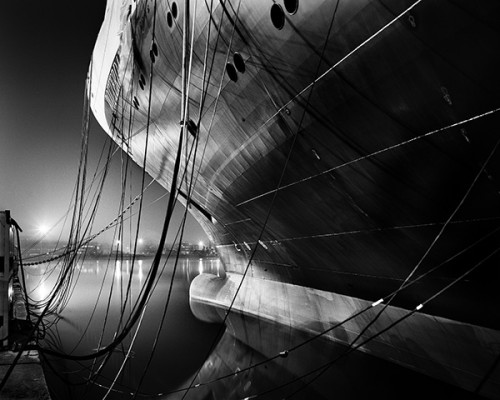
cm 137,5 x 110
Edition 2 of 15
I would like to receive more information about this artwork
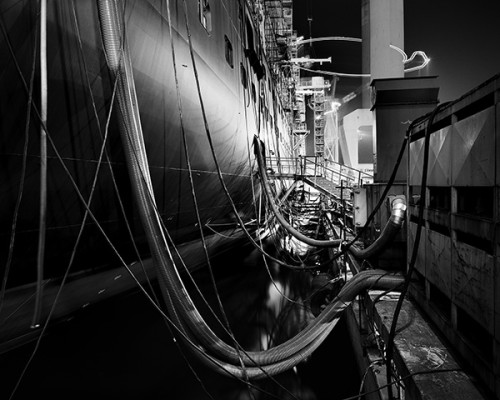
cm 137,5 x 110
Edition 6 of 15
I would like to receive more information about this artwork
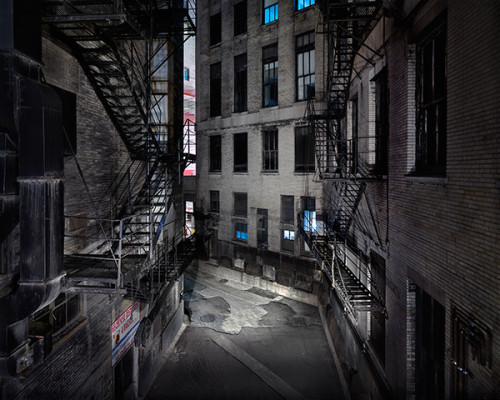
cm 137,5 x 110
Edition 2 of 15
I would like to receive more information about this artwork
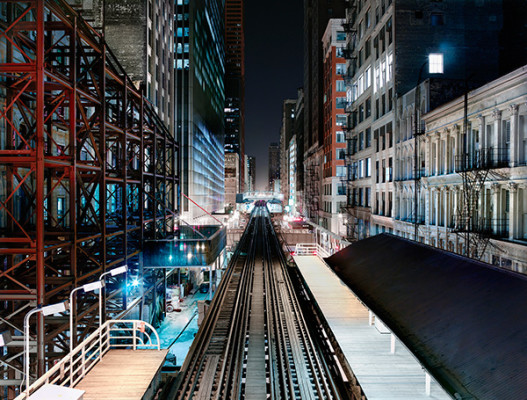
cm 137,5 x 110
Edition 3 of 15
I would like to receive more information about this artwork
 |
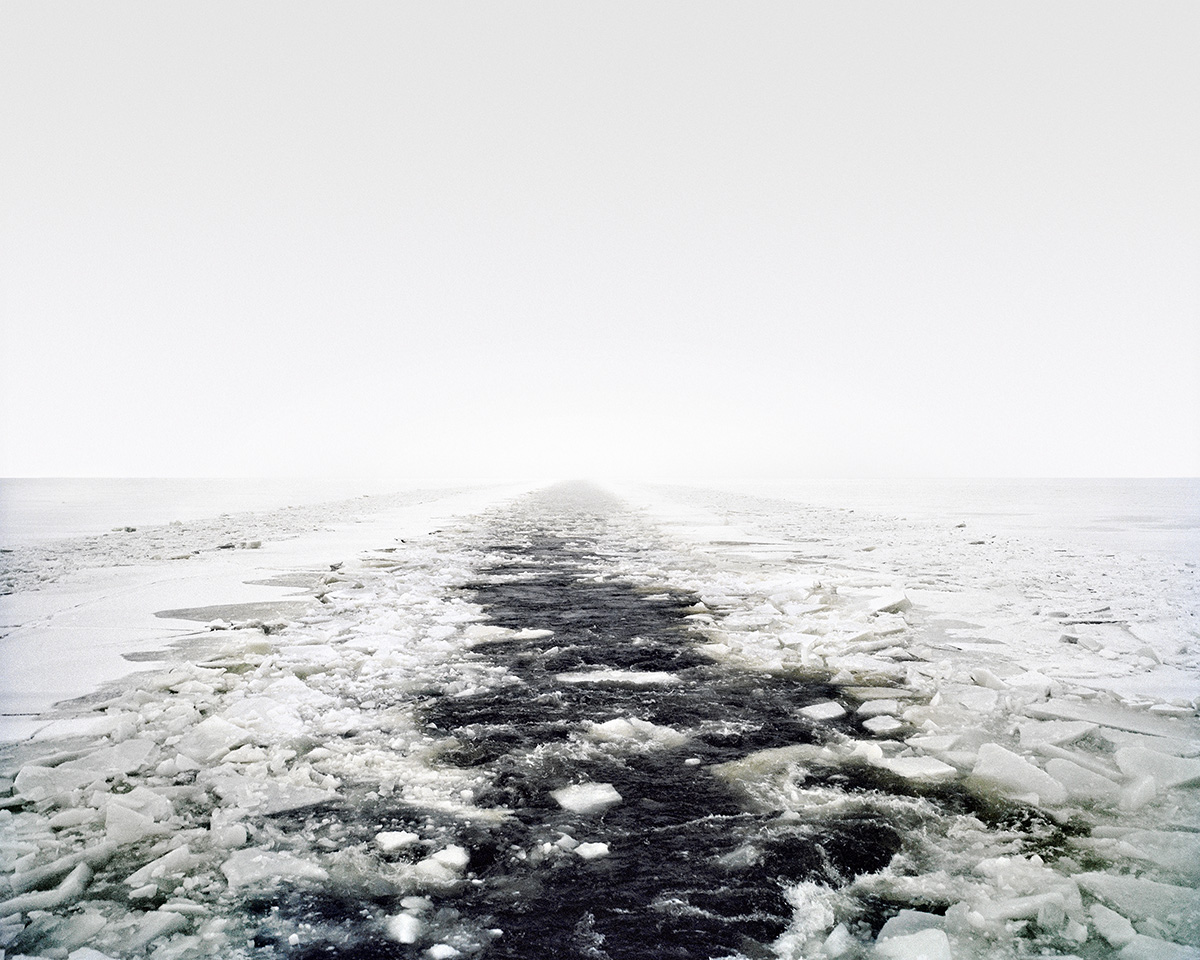
Wildlands and Cityscapes
Photographs by Luca Campigotto28.3 > 17.7.2015